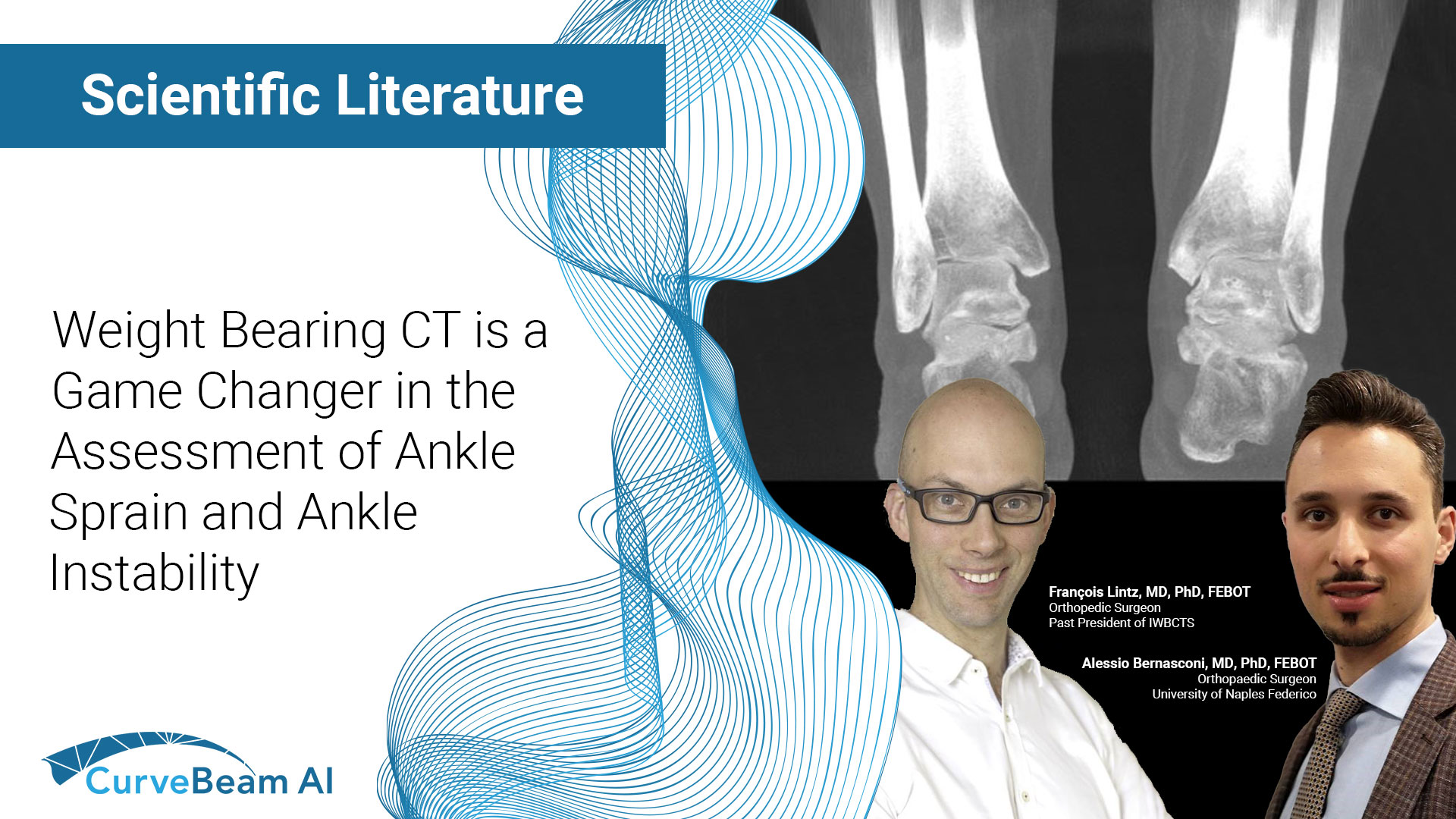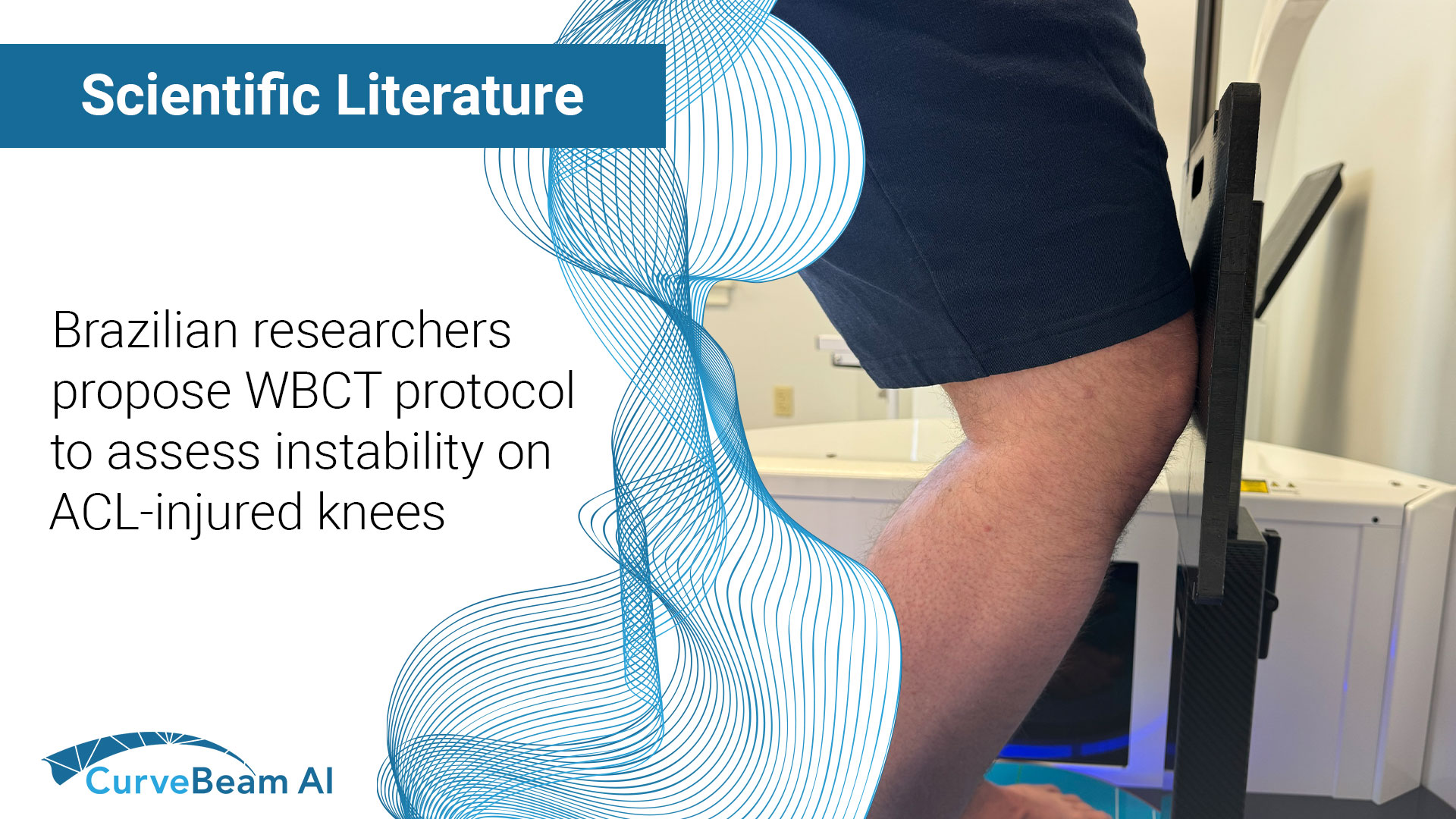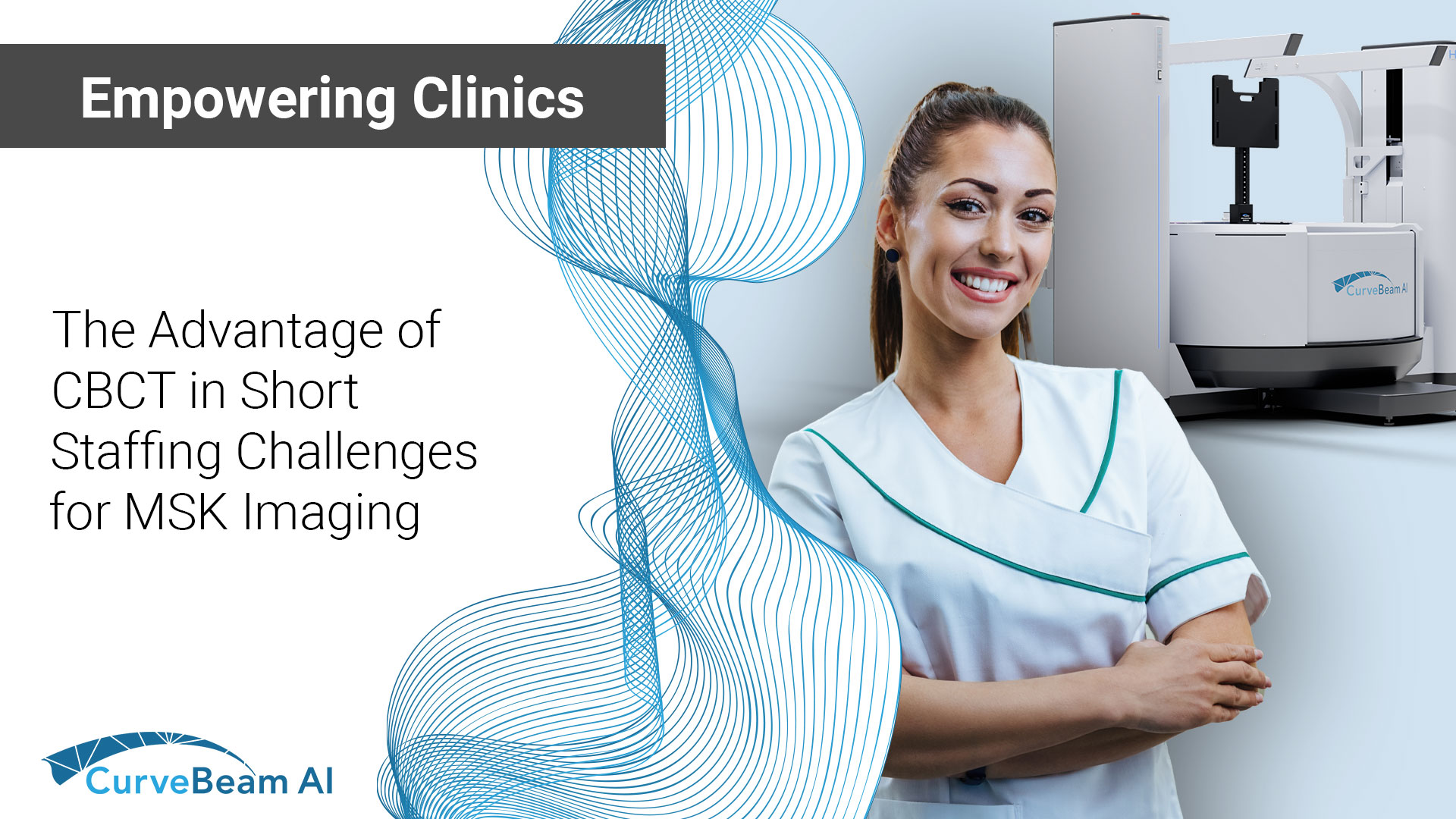Key Points: The most important advantage of weight bearing CT (WBCT), which utilizes cone beam…

What Is Cone Beam CT? The Science Behind the Image. Part 1: Overview
Within the last two decades, Cone beam Computed Tomography (CBCT) imaging applications have diversified in both the medical and industrial applications. Developments in medical diagnostic applications were pioneered in the Dental industry in 1996, when the first commercially produced Dental/Maxillofacial CBCT scanner was introduced.
A number of factors contributed to the commercialization of cone beam CT. First was the introduction of more cost efficient flat panel detectors that were capable of achieving higher resolution. The first dental CBCT systems had image intensifiers coupled with CCD cameras to capture the data used for creating images. These systems were prone to distortions and required frequent calibration. Compared to the image intensifier systems, the new FPDs were less bulky, which in turn allowed the scanners themselves to be designed and manufactured to take up less room. Because the detectors were significantly more sensitive to x-ray photons, the x-ray sources could be made smaller as well.
Faster computer processors using multiple cores, greater working memory capacity, and larger capacity storage drives – all at cheaper prices – made CBCT technology more affordable.
Once CBCT technology was available to the dental specialties, the 3D data was used to create planning and placement tools for dental implants. CBCT technology also revolutionized orthodontics, airway and sinus evaluation, and maxillofacial surgery and reconstruction planning and evaluation.
CBCT applications continue to grow because of the technology’s affordability, equipment design and ease of use.
In the next parts of this series on CBCT technology, we will look into the different components of a CBCT system in more detail.





